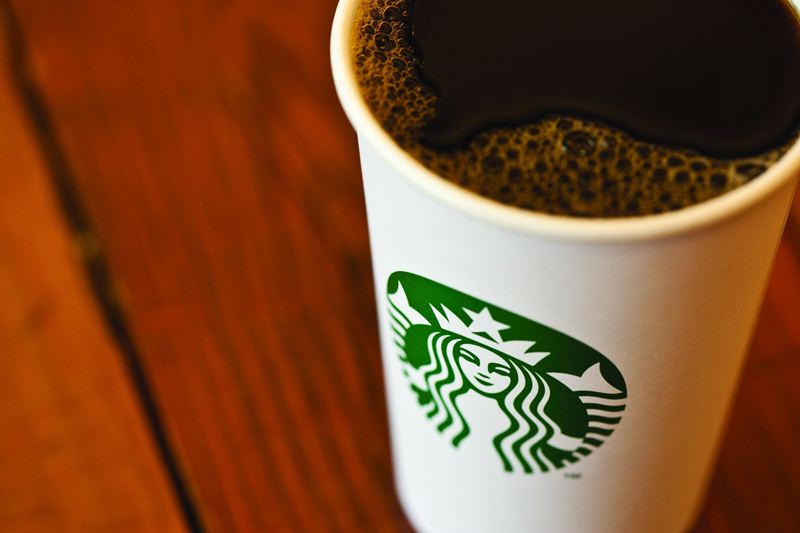Starbucks Corp. (NASDAQ: SBUX) continues to surge, as its recent earnings report showed. At about the same time it released the good numbers, it announced a partnership with Danone to sell ready-to-eat parfait Greek yogurt products. Like many successful retailers, Starbucks wants to expand well beyond its original franchise to test the limits of its growth prospects. And these experiments often fail as companies move too far away from what consumers see as their roots. People may stop coming to Starbucks because it is not Starbucks anymore.
It was almost impossible to fault the Starbucks second-quarter earnings. Total net revenues increased 13% to $3.7 billion. Earnings increased 28% to $0.55 per share. Global comparable-store sales grew 8%, driven by 7% growth in traffic. Starbucks opened 341 net new stores in the quarter and now operates 19,209 stores globally.
The current growth rate should remind investors of similar success before the recession. Many analysts believe that Starbucks grew too quickly, both in the large number of stores it had in the United States and its wildly aggressive efforts to move overseas. Revenue dropped from $10.4 billion in 2008 to $9.8 billion in 2009. In early 2008, founder Howard Schultz had to step back into the CEO job after eight years. And he had to dismantle much of what his predecessor built, through a series of layoffs and store closings.
Obviously, the recession is over. Starbucks does not have to worry about economically driven cuts. It does, however, need to be concerned about whether its shelves, which are stocked to overflowing with non-coffee products, will cause the customer to question why he is in Starbucks and not a high-end grocery store. The distinction between the two becomes more blurred each time Starbucks launches a major product initiative. It seems those launches happen so regularly that the firm’s frenzy of expansion has returned.
Starbucks already has added a menu of breakfast salads, pastries, cookies, cakes, sandwiches, salads, hot breakfast foods, ice cream, nuts, gum, CDs and potato chips. Customers can buy their own Verismo System coffee-brewing machines, teapots and coffee grinders.
The retail industry is full of companies that added one too many products and services, or two or three or four. Best Buy Co. Inc. (NYSE: BBY) comes to mind, as does Barnes & Noble Inc. (NYSE: BKS). Starbucks sits many, many steps clear of their failures, but each holds a measure of caution. There is a point at which the customer wonders what he is doing in a store that was once familiar and now is merely cluttered.
100 Million Americans Are Missing This Crucial Retirement Tool
The thought of burdening your family with a financial disaster is most Americans’ nightmare. However, recent studies show that over 100 million Americans still don’t have proper life insurance in the event they pass away.
Life insurance can bring peace of mind – ensuring your loved ones are safeguarded against unforeseen expenses and debts. With premiums often lower than expected and a variety of plans tailored to different life stages and health conditions, securing a policy is more accessible than ever.
A quick, no-obligation quote can provide valuable insight into what’s available and what might best suit your family’s needs. Life insurance is a simple step you can take today to help secure peace of mind for your loved ones tomorrow.
Click here to learn how to get a quote in just a few minutes.
Thank you for reading! Have some feedback for us?
Contact the 24/7 Wall St. editorial team.




